How to Use Serum in Logic Pro X
How to Use Serum in Logic Pro X
In this week's episode of The Logic Pros, we are taking a look at how Logic handles external MIDI-based instruments in the real world. It really doesn't get any easier than loading up your favorite soft-synth, but that doesn't mean they are as fun or inspiring as the real thing. LPX has a handy feature that makes it so many of the most popular and sought-after external synths/MIDI-instruments can integrate just as smoothly:
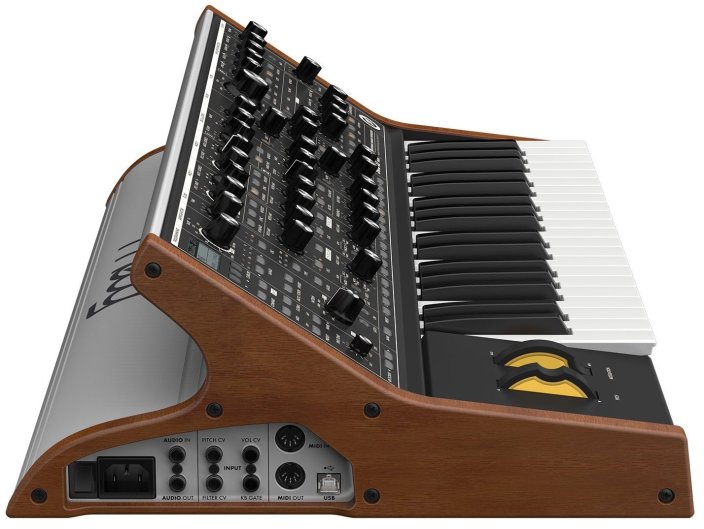
Ok, so we have an external synthesizer or instrument, but how do we get it to work with our Logic studio without the need for multiple tracks? The goal here is to integrate our external gear with LPX just like any another plug-in in our library. To get our MIDI parts (recorded or live) out to our external synth and then the resulting audio back into our song we would need a MIDI track, an audio track destination and all of the corresponding routing setup manually. Wrong. that isn't necessarily the case as LPX has us covered with its External instrument plug-in option. This will essentially create a hybrid audio/MIDI track, not unlike a typical Software Instrument track, except the MIDI that resides (or gets recorded) on that track will be fired out to your external gear and the resulting audio routed directly back to the same track…
We can certainly just use/record our external gear like say a typical guitar, or even just set-up MIDI tracks and audio tracks manually. But many of the most popular, new external gear has basic note-based MIDI (at least) built-in, so why not take advantage of the modern day amenities?
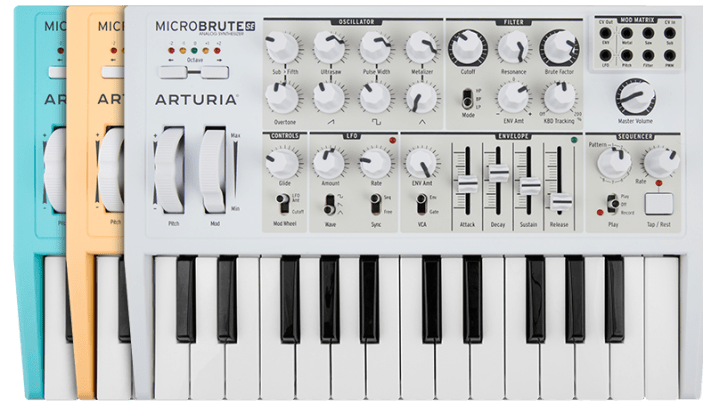
Korg, Arturia, Moog, DSI and many more have great external synths and gadgets to make music on, many of which will work with Logic's External Instrument plug-in just by connecting a USB cable. This is not just for more expensive gear from DSI and Moog for example, even some of Korg's sub $200 synths and the affordable Arturia Brute-series are compatible with the set-up below:
1. We'll need to make sure our hardware synth is connected to our Mac. In most cases, and in the case of our example with the Prophet 12, that will mean a USB cable from the synth to our Mac (or USB hub) in order to carry MIDI data. In most cases, we will also need cables running from our synth's main output into our audio interface for audio playback.

Note: The External Instrument plug-in can be loaded up manually on Software Instrument tracks just like any other instrument as well, and can be configured directly from the UI. Some advanced users may prefer that route, but these steps will likely get you there faster and easier.
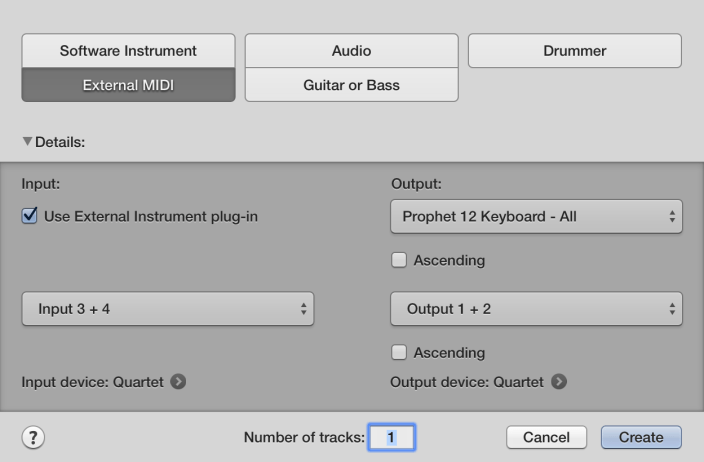
2. Next we need to create an External Instrument plug-in track in Logic. Click the + icon in the upper left corner of Logic or press key command "command + Option + N" to create a new track.
3. In the new track dialog, select External MIDI from the track options (Software Instrument, Audio, Drummer, External MIDI, Guitar or Bass).
4. In the "Details" section of the new track dialog we make sure the "Use External Instrument plug-in" option is checked-off.
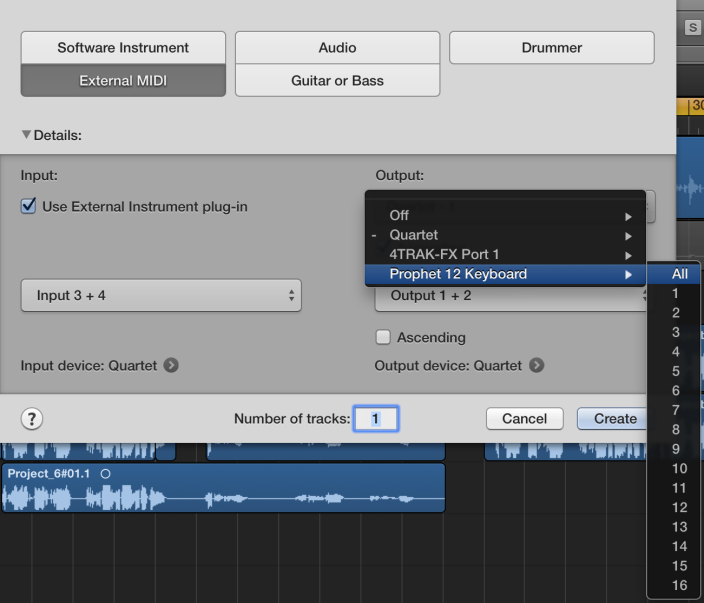
5. Under Output in the track dialog, you'll notice your compatible external MIDI hardware should be recognized and available in the upper pull-down menu. In our example, we select Prophet 12.
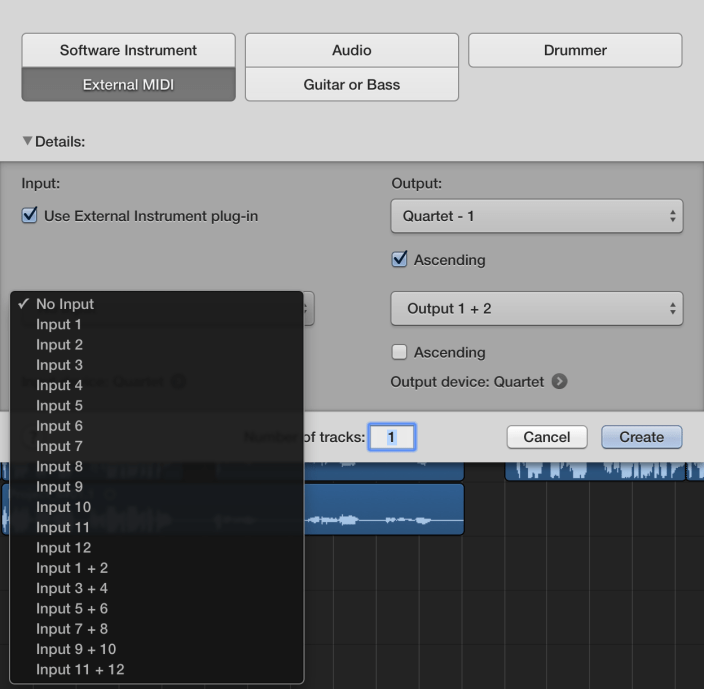
6. On the bottom section, choose the physical input on your audio interface you plugged your synth/gear into from the bottom left Input pull-down menu. In the bottom right Output pull-down menu, we select our usual main audio output. In our case, it's Output 1 + 2, the master outputs on our audio interface.
7. Hit "Create". Now we are given what is essentially a typical Software Instrument track with your external gear configured and ready to go. We can record MIDI, use Audio FX, sends and more, just like any other Software Instrument track.
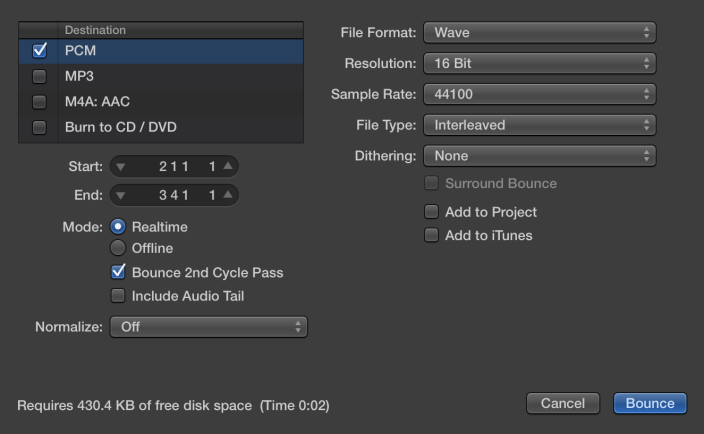
Note: This is a real instrument, it doesn't live in your computer! In order to "Bounce" the tracks we have created on External Instrument plug-ins, we will either need to record/Bounce the parts to audio beforehand, OR use the Realtime bouncing option (like a boss). Now this may not be the case for every synth, but it is for most of them. You just spent 40 hours making a decent song, it's probably worth listening through to your bounce as it happens you Offline junkies.
While not every synth out there will work as easily as these ones do, most of them will, and the OS X MIDI Studio is (crazy) powerful and easy to use. It is likely that anything compatible with class-compliant MIDI (or rigged to do so) can be targeted by the External Instrument plug-in.
The Logic Pros is a new regular series exploring all of the most interesting gadgets and software for making music on your Mac/iOS devices. If there is any gear you would like us to take a closer hands-on look at, let us know in the comments section below or shoot us an email .
More The Logic Pros:
- How to create custom sampler instruments using any audio file with EXS24
- How to create Retro Synth patches with custom wavetables and multi-voice stacking
- How to customize Logic's Drummer, beat-by-beat
- 6 powerful new features you may have missed in Logic 10.1
- How to control anything in Logic using your hardware MIDI controller
- How to create multi-layered synth patches & drum sounds with Track Stacks
- Turning iPad into a virtual pedalboard using Logic Remote
- TE's new pocket-sized synths & how to sync them up with your Mac
FTC: We use income earning auto affiliate links. More.
Check out 9to5Mac on YouTube for more Apple news:
Source: https://9to5mac.com/2015/07/19/logic-how-to-hardware-external-plug-in/
Posted by: beordayinceds.blogspot.com
0 Response to "How to Use Serum in Logic Pro X"
Post a Comment